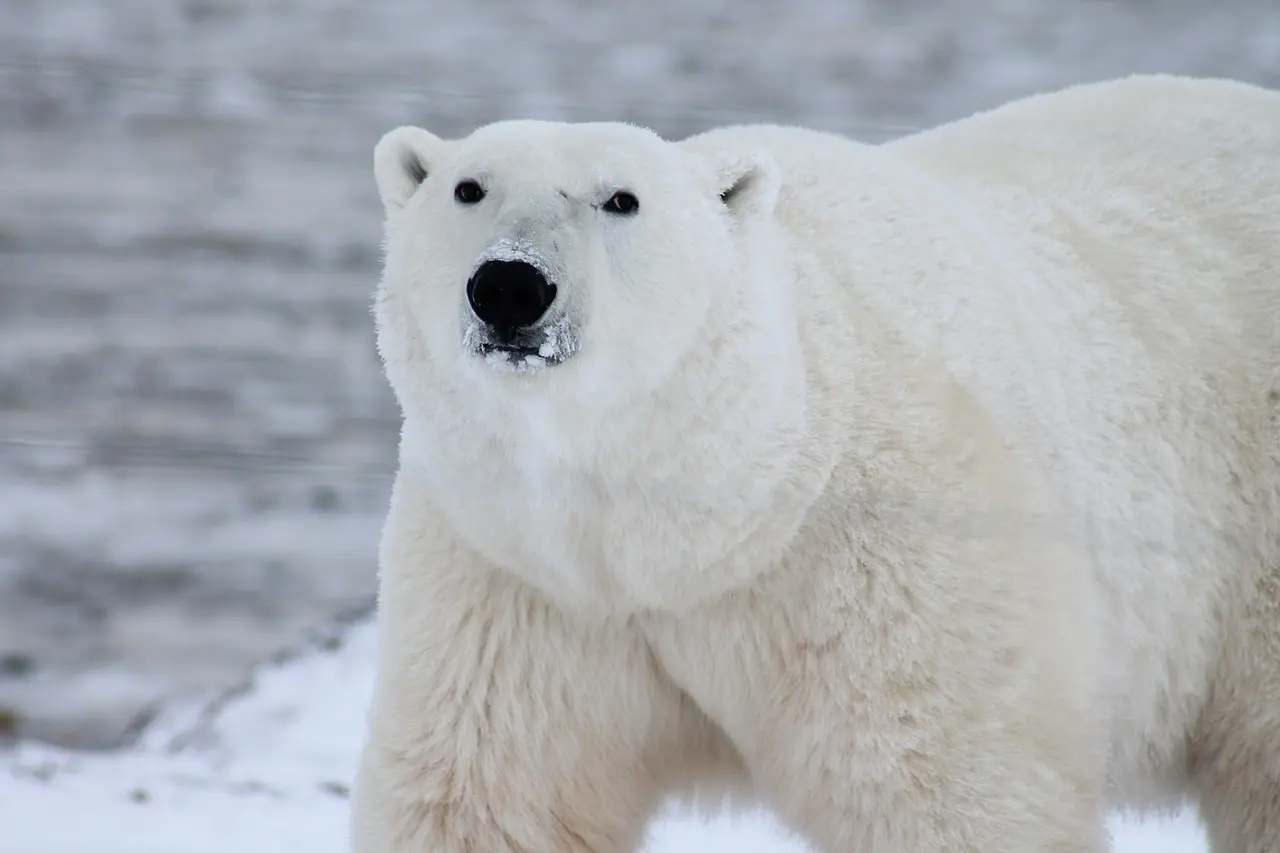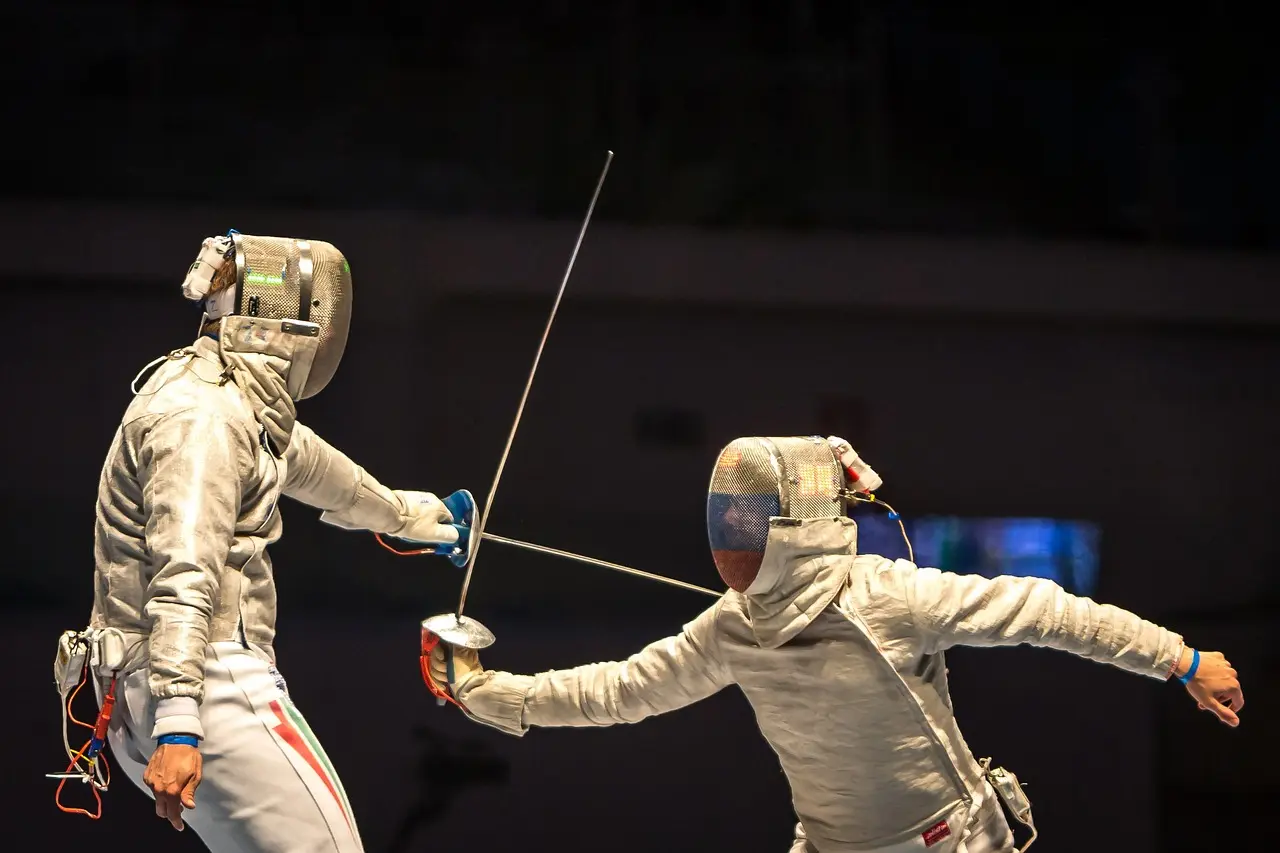Do polar bears get a cold?

Learn why polar bears don’t get colds, how they stay warm in the Arctic, and what adaptations they have to survive freezing temperatures.
What shift in thinking did the discovery of DNA bring to biology and medicine?
Learn how the discovery of DNA changed our understanding of biology and medicine, shifting from observation to manipulation, one-size-fits-all to personalized medicine.
What are the different types of gene editing techniques, and how do they work?
Discover the different types of gene editing techniques, including CRISPR-Cas9, ZFNs, and TALENs, and how they work to modify DNA.
Should we edit the human genome to eradicate genetic diseases?
Should we edit the human genome to eradicate genetic diseases? Explore the ethical dilemmas and potential benefits of this powerful technology.
Why do we have fingerprints?
Discover the fascinating reasons why we have fingerprints, from enhanced grip to increased sensitivity. Explore the unique patterns and their role in human evolution!
Why are fencers tethered?

Learn why fencers are tethered with wires, how it works, and the different scoring systems used in fencing.
What are the different types of satellite orbits, and how do they affect the coverage area?
Learn about different types of satellite orbits, including LEO, MEO, GEO, SSO, and polar orbits. Discover how these orbits affect the coverage area a satellite can provide and their applications in communication, navigation, and Earth observation.
What is the difference between a typhoon and a hurricane?
Learn the difference between a hurricane and a typhoon. Discover how these powerful storms are classified and why their names vary based on location.
How did the first translator learn a second language?

Discover how the first translators might have learned a second language in ancient times through natural immersion, sign language, and trade.


